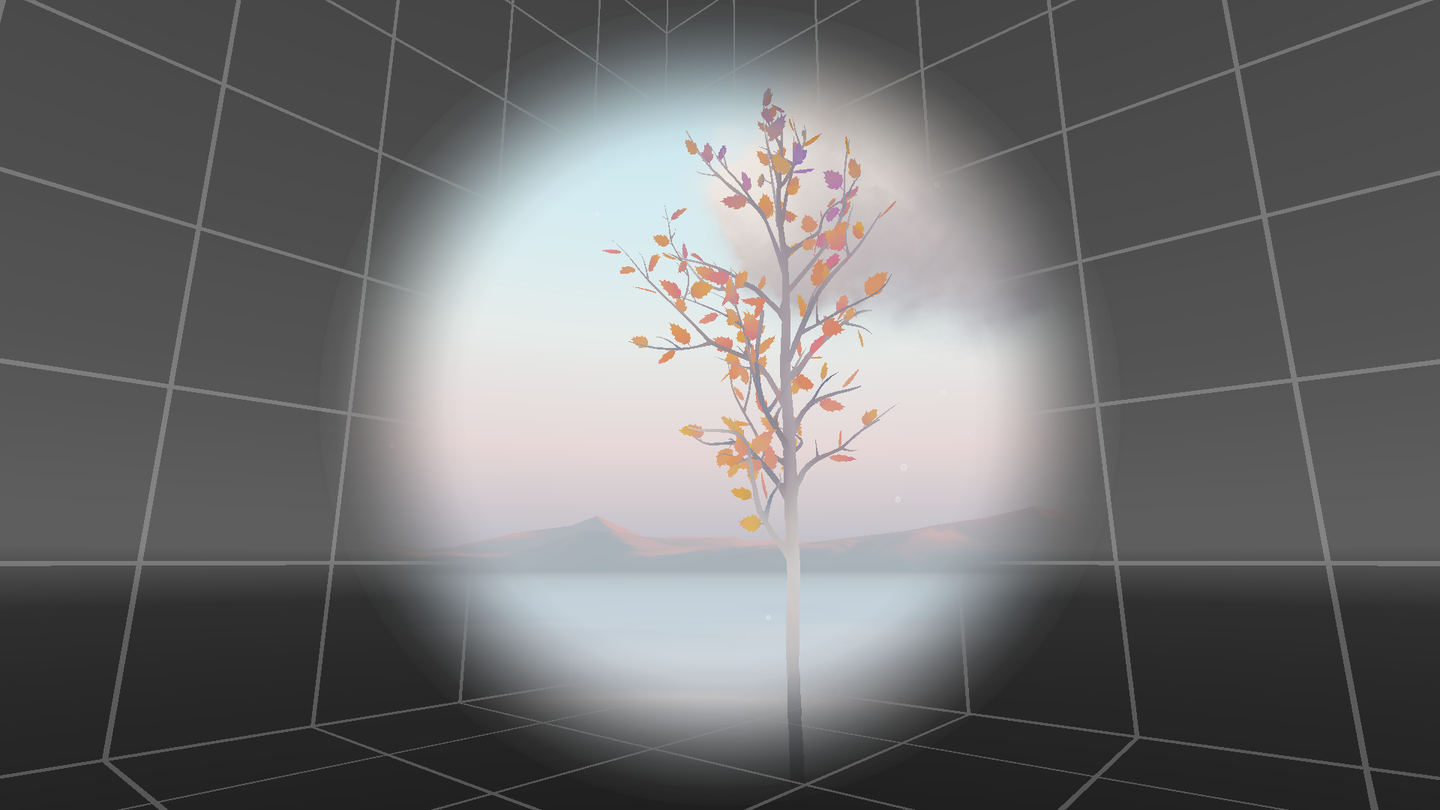Daydream Labs Helps Developers Tackle VR's Locomotion Problem
How are you supposed to make people feel like they're moving in a virtual world even if they're really just standing around? That question is central to the problem of locomotion in VR experiences, and Google's Daydream Labs outlined some of the solutions it'd like devs to implement.
This isn't a theoretical problem for Google. The new-and-improved Daydream HMDs are expected to debut later this year, and if people feel like throwing up every time they move through a VR experience with one of the headsets, they probably aren't going to extol the platform's virtues. Making information like this available to developers who are struggling with the locomotion problem can help make sure that doesn't happen.
Google outlined four things to keep in mind when thinking about movement in a virtual world: constant velocity, tunneling, teleportation, and rotation. Each one requires a different approach to make sure as few people suffer motion sickness from VR as possible, and devs have to consider all of them when they're making their own VR apps, lest they nail one aspect of locomotion but stumble on a different aspect.
Constant velocity and tunneling have to do with the way our bodies work. Part of the problem with moving in a virtual space is that it creates a disconnect between what our eyes see and what our bodies feel. (Unless, of course, you run into a pair of sadistic developers at Microsoft Build.) Google advised developers to avoid this problem by sacrificing the realism afforded by variable acceleration for the comfort of constant velocity.
The company's approach to tunneling works on a similar principle: sacrifice immersion to make an experience more accessible. Filling an entire display with a virtual world can be more immersive--our eyes see everything in front of us in the real world, after all--but it can also exacerbate motion sickness. Yet not all first-person experiences make people sick. Google said in its blog post that it believes tunneling explains why:
Even though TV shows and movies contain moving images with acceleration, most people don’t experience motion sickness while watching TV. This is perhaps because the TV only takes up a small part of your field of view and your peripheral vision is grounded by a stationary room. VR developers can simulate this by showing people a visual 'tunnel' while they’re moving in a 3D environment. We also found it helps to fade the tunnel effect in and out to avoid making it a distraction.
Teleportation and rotation are more focused on physical constraints. Teleportation is a common way of getting around in VR--many games use some form of teleportation. Google said that's good but that it also "makes it harder for people to maintain spatial context" while they're moving around. Fading the display before and after a shift, combined with making objects move closer to imply movement, can address this issue.
Get Tom's Hardware's best news and in-depth reviews, straight to your inbox.
Rotation is a bit more practical. Google explained:
It’s often tempting to design a VR experience where we assume that people will be either standing or sitting in a swivel chair. Unfortunately, hardware limitations or physical constraints may not allow for full 360-degree rotation. To make sure people can get where they want to go in a VR environment, consider giving them the ability to rotate themselves within the virtual space. Continuous and animated rotations tend to induce motion sickness. Instead, we’ve found that discrete, instantaneous rotations of about 10-20 degrees feel comfortable and provide sufficient visual context to keep people oriented.
That makes sense, but it may not have occurred to someone working on apps for Daydream's untethered HMDs. That applies to much of the blog post, actually, with Google essentially reiterating what other companies have discovered in their work on other VR platforms. But the company probably wanted to drive all this home for developers before unleashing its new Daydream platform on the general public sometime this year.
Google didn't just write a blog post with these principles, though. It also explained them in Daydream Elements, a "collection of tech demos that showcase principles and best practices for developing high-quality VR experiences" focused on locomotion, menus and controls, and rendering and lighting. The company's asking both developers and consumers to walk the walk; Daydream Elements is its attempt to do the same.

Nathaniel Mott is a freelance news and features writer for Tom's Hardware US, covering breaking news, security, and the silliest aspects of the tech industry.
